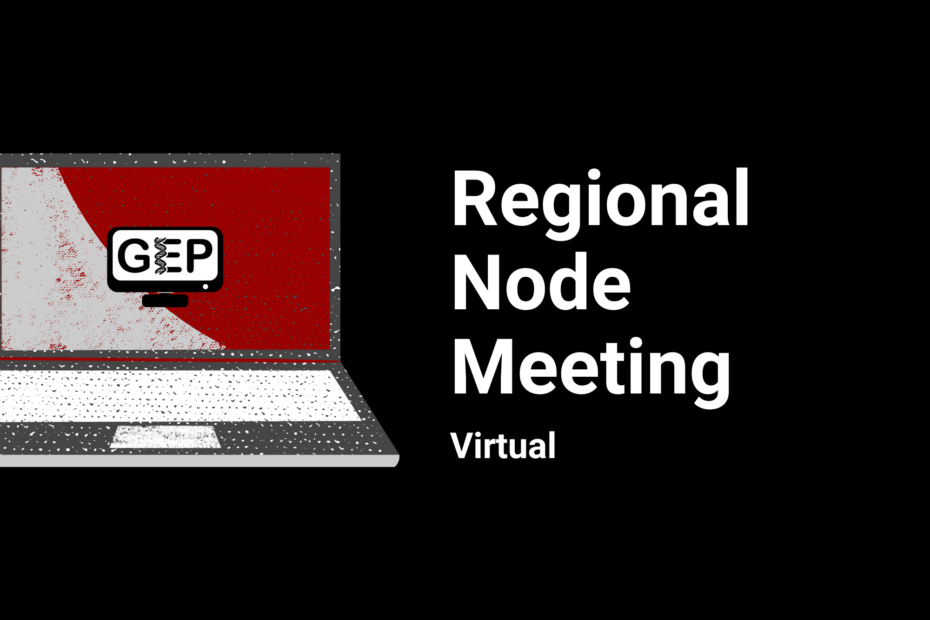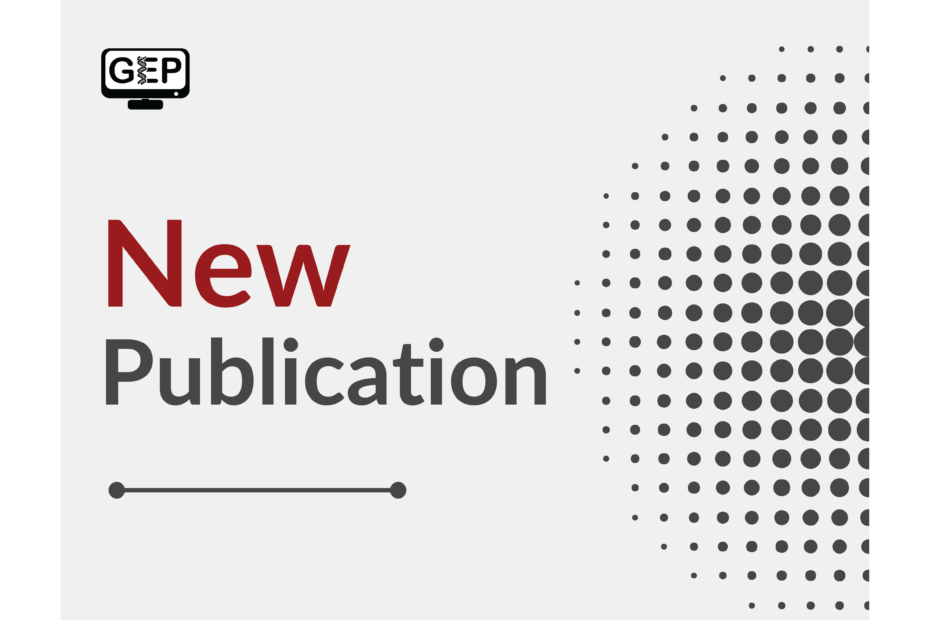Drosophila Pathways
Pathways Project Primer
This PowerPoint presentation provides a primer on the recommended annotation strategy for the Pathways Project. The presentation provides an overview of the goals of the Pathways Project annotations, an introduction to RNA-Seq, web databases, and a discussion on the phases of the splice donor and acceptor sites.
Synteny Introduction Slides
This resource is a slide deck offering an expanded introduction to synteny. Instructors are encouraged to use and modify to fit the needs of specific courses and students.
Pathways Project: Annotation Form D. pseudoobscura Key
Students can apply what they learned in the Pathways Project: Annotation Walkthrough to construct a gene model for Rheb in D. pseudoobscura by completing the Pathways Project: Annotation Form. An answer key (generic username and password required) is provided to assist instructors in checking the accuracy of the annotation and includes potential areas of confusion throughout.



